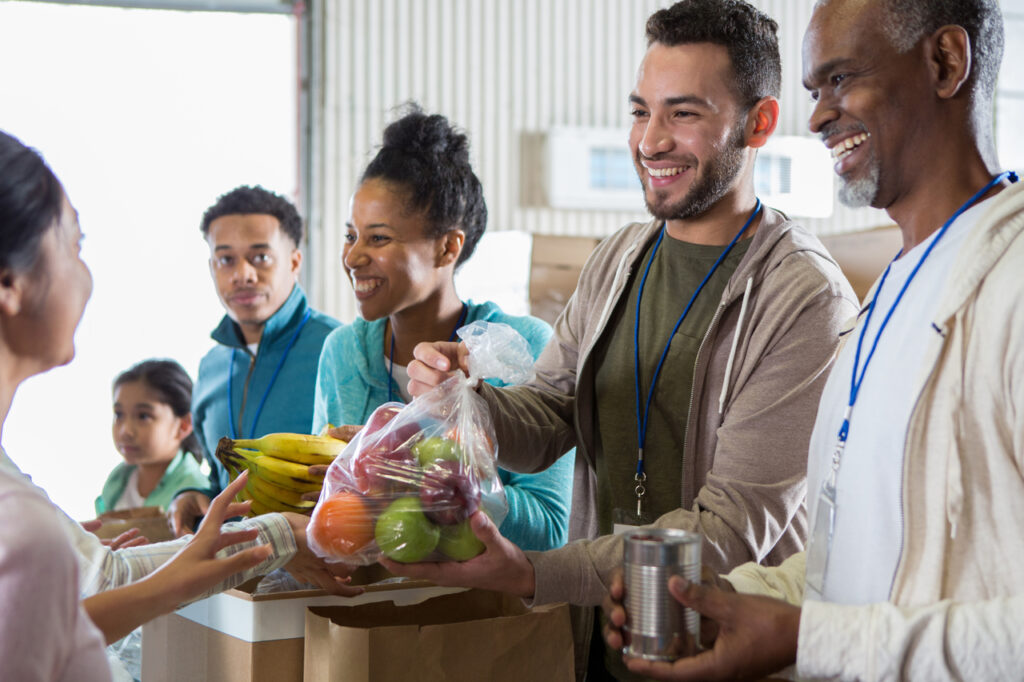 Big, complex environmental issues like climate change can easily overwhelm and lead to resignation and denial, instead of creative problem solving. While facts and how-to information have their place in environmental behavior change campaigns, so do art and fostering imagination beyond rational understanding. The Oakland Museum of California currently has an excellent exhibition about African American educator and activist Angela Davis, whose fight against mass incarceration and racism in the 60’s and 70’s made her an icon of Black liberation around the world. The show draws on a huge archive of newspaper clippings, posters, pamphlets, buttons and pop culture objects to tell Davis’s story in the political and cultural context of the time. What makes many of the visuals so powerful is how the call for social change and art are intertwined. Most striking are the political posters with bold, screen-printed images and collages.
Big, complex environmental issues like climate change can easily overwhelm and lead to resignation and denial, instead of creative problem solving. While facts and how-to information have their place in environmental behavior change campaigns, so do art and fostering imagination beyond rational understanding. The Oakland Museum of California currently has an excellent exhibition about African American educator and activist Angela Davis, whose fight against mass incarceration and racism in the 60’s and 70’s made her an icon of Black liberation around the world. The show draws on a huge archive of newspaper clippings, posters, pamphlets, buttons and pop culture objects to tell Davis’s story in the political and cultural context of the time. What makes many of the visuals so powerful is how the call for social change and art are intertwined. Most striking are the political posters with bold, screen-printed images and collages.
In a recorded interview, looping on a large screen as part of the exhibit, Davis comments on the crucial role art plays in social change movements. She notes, “Art can produce knowledge that doesn’t occur with a simple political speech.” Such knowledge doesn’t arise from taking in facts alone and involves much more than the rational part of our brain. As with storytelling, art activates all parts of the human brain, enabling the level of empathy and engagement that can indeed motivate the change we need to see. This is especially important when there is urgency to act but the path forward isn’t clear. As Davis says, “Art enriches our ideas about change. It allows us to grasp what we cannot yet understand and enables us to imagine different modes of being.”
Vivid visual communication is a staple of effective behavior change campaigns.The upcoming Earth Month offers an opportunity to make art a campaign focus. How do you use the power of art in your outreach?



